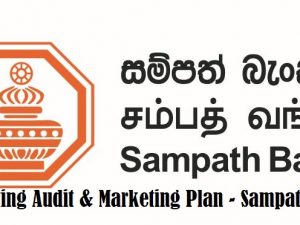Description
Strategic Marketing Plan for an overseas market
- Select a brand of your choice and evaluate the current marketing strategy, i.e. where are they now and how is it performing in terms of Key Performance Indicators (KPIs) and in relation to market facts and figures and the competitive context.
- Develop a strategic marketing plan for this company for the next two years that will set its brands apart from competition and grow top-line, bottom-line, and market share while delivering superior consumer value compared to competition in a selected overseas market. Justify the overseas market selection criteria.
- Students are expected to submit a fully-fledged marketing plan including objectives, strategies, Segmenting, targeting, and positioning, implementation details with time frames, budgets required, and expected results (Key performance indicators based on marketing objectives). Make sure that you have included the key points of digital marketing for this brand in an overseas market.
- Students are required to submit volume and value forecasts, profitability and market share forecasts, together with projected financial statements along with assumptions to justify their plan.
- You are strongly advised to familiarize your-self with the market situation in relation to your brand, consumer behavior / needs and the competitive situation before attempting this assignment. You are expected to conduct secondary research (collect already available information) about your target consumer behavior in relation to your brand and that of competition. You may also include primary research (e.g. survey using Google forms to obtain consumer feedback on your chosen brand relative to that of competition.
Demonstration of relevant knowledge/understanding of the current position of the brand (10%). This section includes a good understanding of the market (Category that the brand competes, market size (volume and value), growth, consumer behavior and competitor analysis, and pricing, profitability, and value propositions and market shares of competitors, and your brand. Also its present positioning compared to competition).
Construction of the PLEST & SWOT analysis and identification of workable opportunities (15%). Remember, opportunities need to be quantified.
Quantification of opportunities via setting marking objectives (15%).
Strategy development and justification. This part includes segmenting, targeting and positioning (STP) (40%). Clearly demonstrate how you propose your chosen brand take advantage of unmet consumer needs or satisfy consumer needs better than existing competitors. You will need use secondary marketing research data to justify your recommendations.
Development of an execution plan and marketing budget (10%).
Identification of KPIs and suggested plan for performance management. (10%).





